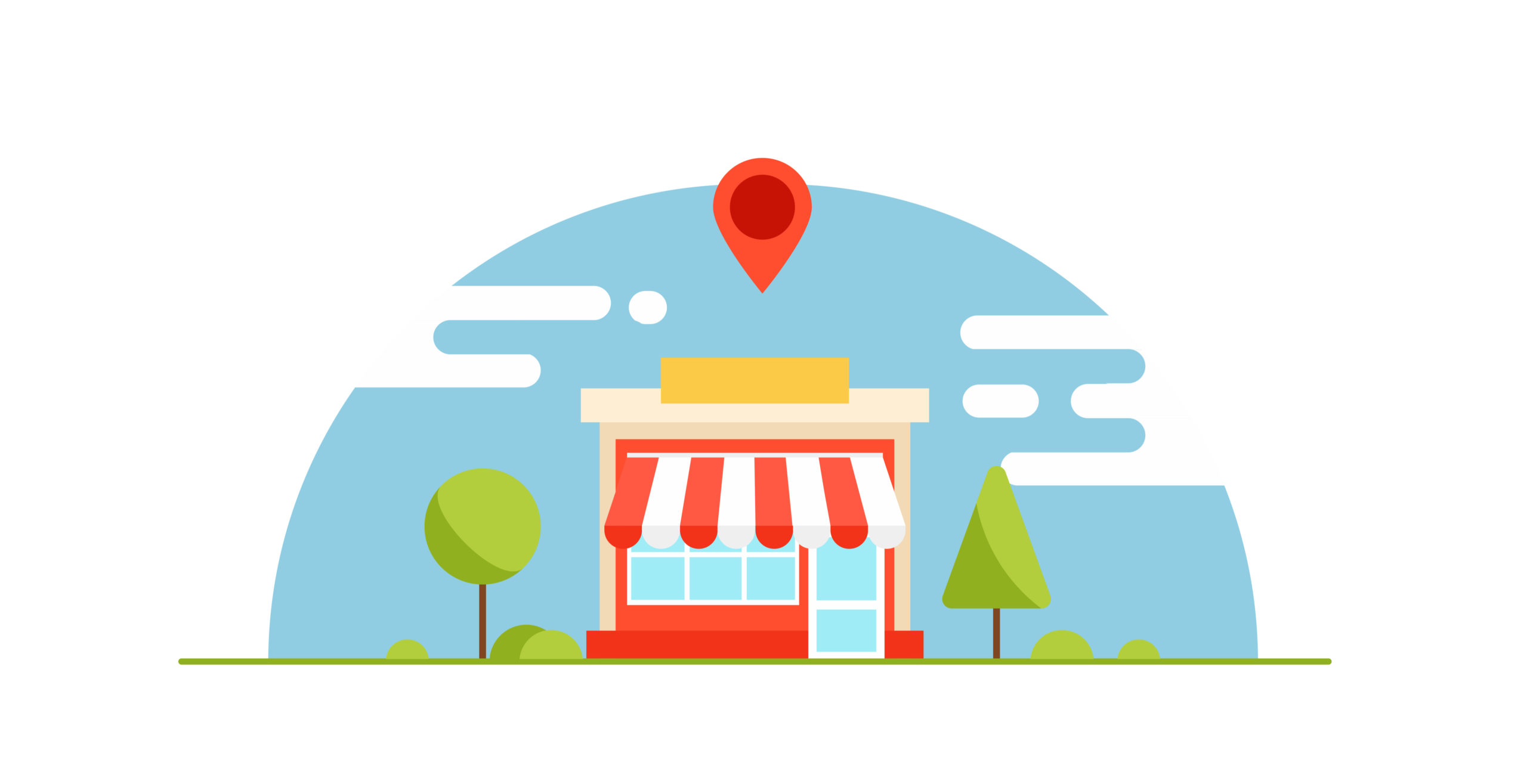Localizing their assortment is mission-critical to today’s best retailers. Assortment localization, i.e. tailoring a store’s assortment to reflect the demand of the community it serves, has both tangible and intangible benefits. According to a report from Retail Systems Research (RSR), “Merchandising and Pricing 2018,” 59% of retail’s top performing chains say localized assortments are “very important” to their future success. However, when it comes to localizing assortment, retail chains have a major dilemma.
On one hand, standardized assortments and store layouts help retailers profit from economies of scale and streamlined operations. Sacrificing this standardized approach at the altar of localized retail raises new complications, including:
- Incurring higher cost-of-goods due to smaller or more frequent buys
- Impeding already complex ecosystems at distribution centers and in stores
- Muddling carefully planned store layouts and visual directives
On the other hand, merchandising all stores in a chain (or cluster) in the same way, despite their varied demand patterns, comes with its own set of costs. In fact, out-of-stocks and overstocks combine to cost retailers no less than $1.75 trillion in lost retail sales a year. To put that in perspective, that’s enough to buy Apple and have money left over to acquire Google, too ($993B + $854B, if you’re curious).
Today’s retailers have to account for current local preferences. Consulting powerhouse McKinsey’s article, “How retailers can keep up with consumers,” lists “rethink assortments and product offerings” as one of the top five things retailers should do to succeed in the next decade. In it, they write that “cutting-edge retailers are using [data] to tailor assortments at the store level… simultaneously enhancing the customer experience and improving unit economics.” Thankfully, advances in artificial intelligence, machine learning, and data compression allow retailers reap profits from localizing their assortment, without giving up the benefits of standardization. Here we’ll break down how CB4 does it.
CB4 reveals demand at SKU level, for each store in a chain.
The key to unlocking localized assortment is simple: For every single store in your chain, predict what local customers want to buy. This seems insanely difficult mainly because, until recently, it’s been almost impossible to do this.
Many retailers try to reach the promised land of localized assortment the hard way. This involves trying to understand why demand for specific products rise and fall at each of the locations in their chain. Next, they account for how all of those factors change week to week, month to month and year-over-year. All they need is a few people who can build sophisticated models that take the expanses of data into account, build comprehensive time-relevant reports, divert actionable insights, and then translate those down store-by-store.
Everyone loves stories about plucky heroes overcoming insurmountable odds (Lord of the Rings, anyone?). But let’s leave those to the realm of fantasy. Retailers need quick, reliable, cost-effective solutions that don’t divert their attention from other critical initiatives. For the challenge of localized assortment, CB4 offers just that.
We start by asking: where is demand not being met?
Instead of trying to understand what makes demand for products rise and fall, retailers use CB4 to find where demand is not being met. How? CB4 uncovers hidden demand patterns hiding in simple POS data. In turn, these patterns are used to identify what we call “Local Best Sellers.”
What’s a Local Best Seller?
local best seller noun
lo·cal best sell·er | \ ˈlō-kəl ˈbes(t)-ˈse-lər \
Definition of lo·cal best sell·er
: a SKU that local customers have high demand for, that is often not in high demand across your entire chain
Examples of local best seller in a Sentence
// This phone charger is a local best seller in our Jacksonville location, we’ve reordered them three times this quarter!
// Pleated khakis are local best sellers at South Coast Plaza and Old Orchard, but they’re not popular at King of Prussia and Montgomery Mall
Why Local Best Sellers Are Critical to Assortment Localization
After CB4’s proprietary algorithms uncovers each store’s local bestsellers, they identify stores where these local bestseller SKUs are underperforming. And not just stores where SKUs are failing to sell to high demand. The next natural question is:
Q: Why would a local bestseller underperform if there’s high demand for this product?
A: In-store execution issues are the typical culprits. These include: products hidden behind signage, products forsaken in the stockroom, out-of-stocks, and more.
And then…
Q: What does CB4 do once they identify that a local bestseller is underselling?
A: CB4 alerts store managers, and guides them in making sure these products are in stock, easy-to-find and well presented. Mission-driven shoppers won’t leave your store empty handed or, worse, go to a competitor to complete their list.
Minimize the costs of localizing assortment
Most retailers have built a well-oiled machine that revolves around a (mostly) standardized assortment and layout. Even with a team of highly trained experts, it’s difficult to localize assortment at scale without enduring major disruptions and racking up a huge bill. CB4 helps retailers identify local favorites at each store and ensures that customers can easily purchase them.
For retailers ready to take the plunge, CB4 helps tailor a small part of each store’s assortment to local tastes without abandoning the comfort and convenience offered by a standard assortment/layout/merchandising approach. With a fully automated process that takes less than a week to set up and onboard, IT teams don’t have to shoulder additional work. Store teams make minor tweaks to yield major results.
Here’s how other retailers did it. Curious to see it in action on your data? Let’s talk.



